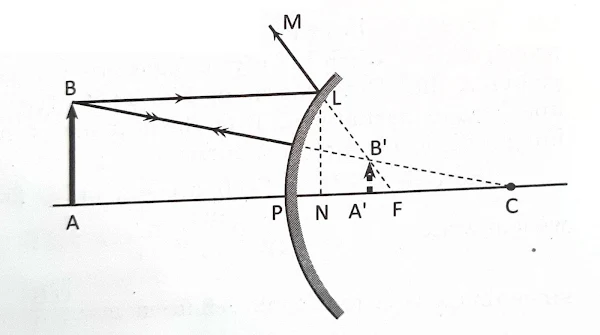Tuesday, December 7, 2021
Reflection
Subscribe to:
Posts (Atom)
Featured Post
Physics Project list
Here is Some list of Physics Project. Either choose one from this list or do as your interest. Investigate how factors like length, mass, a...
-
Cell division project Mitosis Cell Division Meiosis Cell Division Differences a VISUALIZATION OF CELL DIVISIO...





